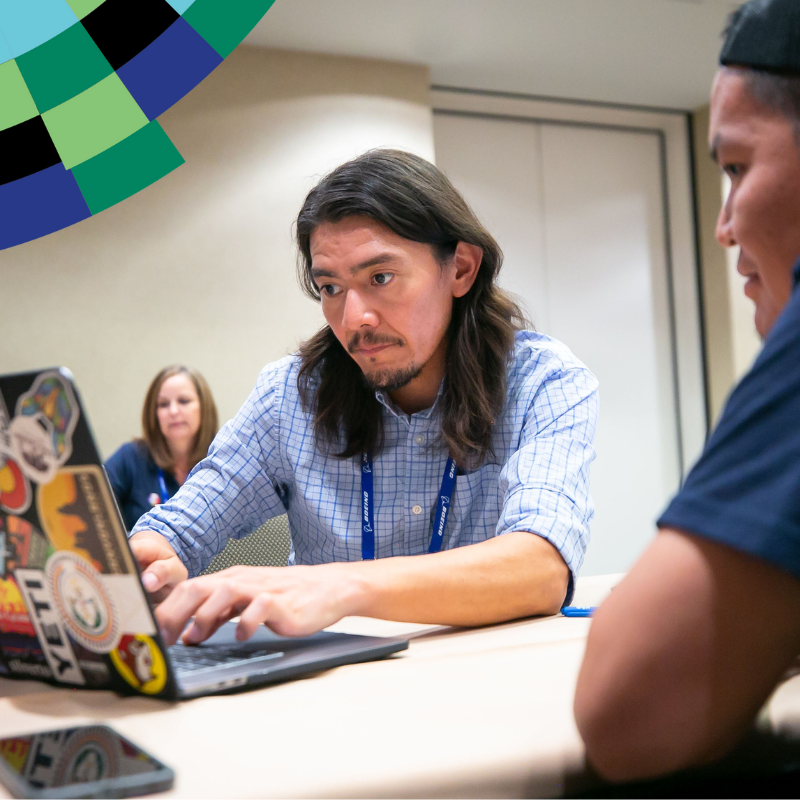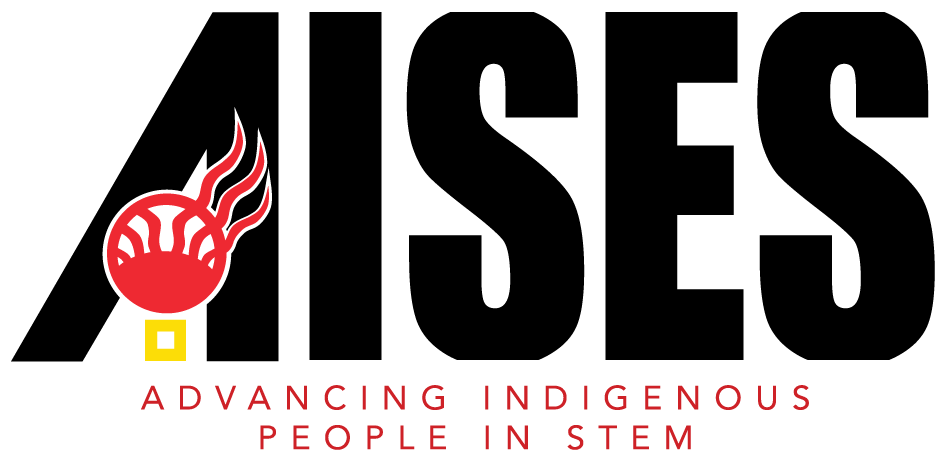Native Tech Ecosystem
In collaboration with AISES, this report examines the current state of Native representation and inclusion across the tech ecosystem.
Key Issues
As drivers of regional and rural economies, Tribal Nations are at the forefront of job growth and should be considered critical partners in the future of the technology sector. However, due to a long history of colonization, exclusionary policies, and current practices, Native communities continue to remain excluded.
As the tech sector continues to grow, it is critical Native communities are included in decision-making and leadership to ensure the path forward is inclusive and equitable.
This report explores the current state of Native representation in the US; highlights their systemic exclusion across the tech ecosystem; and provides a set of recommendations for action.






K-12 Computer Science Education
Not only are Native students less likely to have access to CS education, but when it is available, it lacks cultural relevance to meaningfully engage students and ensure their success in CS courses.
Postsecondary Tech Pathways
The inability of the vast majority of postsecondary institutions to adopt policies and practices that promote Native identity, culture, language, and sovereignty are reflected in the current data indicating the systemic exclusion of Native communities from postsecondary tech pathways:

“The data underscores what Native people have been saying for generations”
– Frieda McAlear, Director of Seeding Innovation at the Kapor Foundation
Tech Workforce
Very little has shifted with respect to representation at the board-, executive-, or worker-levels in the tech industry. Native tech professionals are rarely even tracked.


Venture Capital
$156B was invested into entrepreneurs in 2022, with very little capital deployed to Native entrepreneurs.
Download the Full Native Tech Ecosystem Report Here
Seeding Innovation Project
AISES and the Kapor Center are working together to provide culturally revitalizing computer science curriculum to partner schools across the county. We work collaboratively with our school sites to create an engaging computer science curriculum, integrate cultural traditions, language, stories, art and more. It is a tribe-specific computer science curriculum that is built with and for the partner communities.
If you are interested in being a part of this amazing opportunity, apply below!

